
Newsletter
Newsletter
Team Pugpig peered into the near future to consider the future of mobile publishing. Here are some opportunities.
25th October 2024
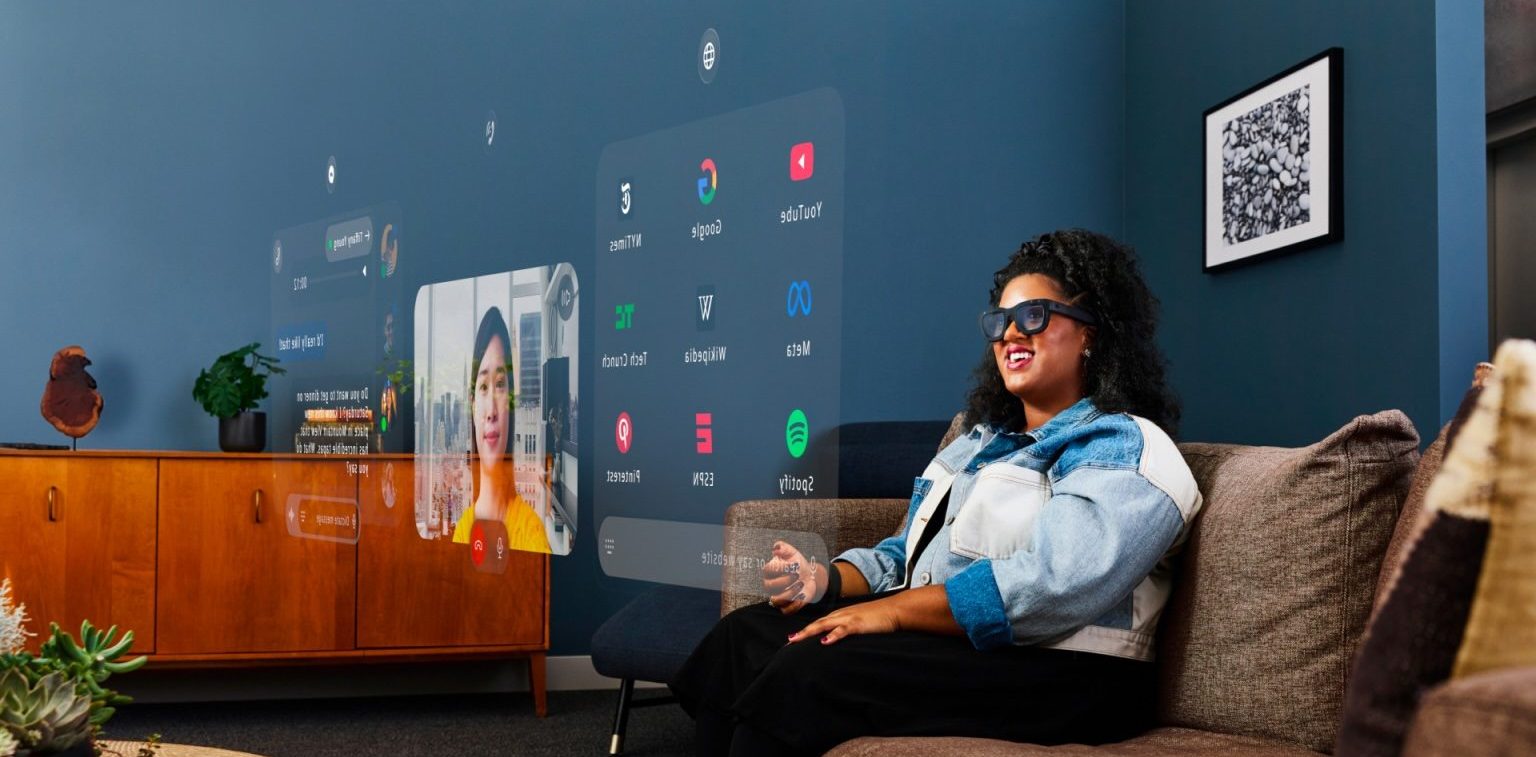
Team Pugpig assembled in the Kent Countryside for our annual away days this week. In one session, we looked back at the digital products and trends that failed to gain traction and then looked forward to the emerging habits of media consumers to see how these might inform the future of media apps.
When we recently asked members of our growing Mobile Matters mobile publishing community what their North Star goal was, the overwhelming winner was to grow subscriptions or increase customer lifetime value. Regularity of use, more than the number of pageviews or the time spent by a user, drives subscription growth and retention.
As the New York Times has seen, engagement with several products drives retention. “Multi-product subscribers pay the most and retain best,” New York Times chief product officer Alex Hardiman told Axios, adding that bundle subscribers have 40% lower churn rates than those who only subscribe to news.
Bundles increase the touch points a publisher has with its customers, and the New York Times has diversified its offering so that it fits into users’ lives across multiple times and multiple interests.
Looking just over the horizon, we discussed new consumer behaviours and what they mean for publishers looking to connect with audiences more frequently and engage them more broadly and deeply.
This fits into a rethink in publishing products and working practices that began more than a decade ago. In the early days of digital transformation in journalism, forward-looking publishing professionals realised the rhythms of print publishing didn’t meet the needs of their digital audiences. Raju Narisetti was then the managing editor of the Wall Street Journal, and he realised print deadlines meant they were publishing most of their stories after traffic had peaked. He worked to move digital publishing to begin earlier in the day and be more spread across the day.
The first step was to align publishing frequency with audience consumption patterns. Instead of arranging the day around the rhythms of the press, publishers shifted their focus to the rhythms of their audience, Some digital product pioneers preferred the term audience-first publishing over digital first because they thought it was more of a shift to focusing on their customers rather than publishing platforms.
Newspapers began borrowing a technique from broadcasters called dayparting: programming based on activities or times of the day. For radio, the most obvious example of dayparting is “drivetime” programmes for commuters, with even music stations adding a bit of news and traffic. Broadcast or terrestrial TV has its rhythm of morning news shows plus daytime, prime-time and late-night programming. This thinking led news publishers to consider not only when their audiences were most active but also what content they engaged with the most over the day.
Many, if not most news publishers, have adopted these practices over the past decade. However, we still see many magazine publishers with lower publishing frequencies grappling with aligning their print and digital publishing strategies, including the pacing of content in their apps and the use of push notifications.
The audience-first, product-led shift in media management continues and, at our away day, we thought about both the recent past and possible futures. We talked about a range of technologies and media experiences from changes in audio and video to emerging AR devices. We discussed how this might change media consumption patterns on mobile and what that means for apps and adjacent technologies such as in-car audio and smart glasses.
Whether it is podcasts or text-to-speech articles, we thought about when and where audiences consume audio: running or working out, commuting by car or public transport, making dinner or those in-between moments such as waiting for a coffee.
NPR and Edison Research have been conducting excellent research into spoken word audio audience preferences since 2014. In their latest report, mobile devices are the most used devices to listen to audio in the home, at work and any other place, according to the research. It is the first time since the research began that mobile devices represented the primary way audiences listened to spoken word audio.
Smart speakers have never been a large part of the device mix. It’s important to note that while standalone smart speaker use is low and not growing, 62% of Americans 18 years old or older use voice assistants on any device across smartphones, in-car systems and other devices. Even with the dominance of the car in US transportation, most spoken-word listening happens in the home, 60%, with 24% in the car, 13% at work and 3% in other contexts.
How does the experience of audio change across these contexts? I talked about my use of news app audio – walking from the office to the Elizabeth Line in London when I often listen to text-to-speech articles. The New York Times plays the audio of the article I chose and then stops, while the Washington Post will automatically play another story. It’s not entirely clear to me the process the Post uses to select the next story, but I prefer the continuous playlist because it means I don’t have to bring up the app to queue up another story. I listen to podcasts when I’m running or sometimes when making a meal.
However, we also discussed in-car listening, particularly with Apple’s CarPlay. Podcast apps are a great way to listen to publisher audio. Is there another way to listen to publisher audio that would engage their most loyal audiences via CarPlay?
Video content seems ascendant with the rise of TikTok. Publishers might be feeling sceptical after the much-maligned “pivot to video” in the middle of the last decade and challenges in monetising off-platform content. The difference between that first “pivot to video” and this renewed focus is the signal driving the change. Facebook drove the first pivot based on flawed analytics and reinforced it with payments to publishers. Now, we have data that video is a popular format for audiences, particularly vertical video of mobile audiences. A few data points to highlight the opportunity:
But in what other contexts do people watch video? As the Reuters Institute found, audiences also engage in long-form video. With the dramatic rise in streaming video, are audiences watching long or longer-form video on their smart TVs and via their streaming devices or apps?
I visited the New York Times R&D lab years ago, and they were already anticipating a time when a user might want to start watching a video on their mobile phone and then finish watching it at home on their smart TV. They were creating an experience to support this. Is this a feature in an app or a standalone streaming video app to support this seamless video consumption from commute to couch?
Lastly, we talked about augmented reality. Pugpig’s Head of Customer Support Steve Farrugia has a pair of Ray-Ban Meta smart glasses. They have great audio through a pair of built-in speakers and allows him to quickly capture a moment with his family by using a voice command to control the built-in camera. The glasses take pictures and shoot video, take a voice or video call, listen to music, stream live to Facebook and Instagram and ask Meta AI questions.
Meta also just revealed its Orion, an AR glasses prototype. This is more a combination of Apple’s Vision Pro and its smart glasses. It includes a chunky pair of glasses, a wristband and a processing puck not much wider than the glasses. When the project started five years ago, it required a backpack and chunky headset, which shows how quickly the technology is evolving. Orion includes the visual computing experience Apple promises with Vision Pro plus some additional AI services. In the demo, Meta showed how a user can look at a table full of ingredients or inside your refrigerator and call up a recipe using its AI engine. Meta isn’t releasing this as a product yet, but it is iterating quickly to show what will be possible in the coming years. And it’s important to note that in their demos, they have a New York Times icon on one of the screens so they anticipate this being a news consumption device on some level.
Projecting forward, in the coming years, you can imagine how rapidly developing smart glasses will first augment and then replace smartphones. Development will be constrained by how quickly the compute and display elements can be miniaturised and the development of smaller, higher-capacity batteries. AR and AI will create new ways to consume media and interact with our environment. Much as breaking news headlines now pop up in system messages on our computers, in the not-so-distant future, they will be in our field of vision, layered over our current environment. What content will be relevant and engaging for audiences with this technology? As a person moves fluidly through different contexts in their day, how will audio, video, text and push notifications be adapted for each situation?
We understand that publishers and broadcasters are all grappling with immediate challenges of audience development and engagement as well as revenue growth However, in our dynamic world where technology and audience behaviour change quickly, we are excited to think about what the future will bring.
The Media Bulletin is one way we help publishers to stay on top of the changes in mobile industry. If you want more, consider joining our newly launched community, Mobile Matters. If you’re interested, all you need to do is fill out this form.
Here are some of the most important headlines about the business of news and publishing as well as strategies and tactics in product management, analytics and audience engagement.

Newsletter
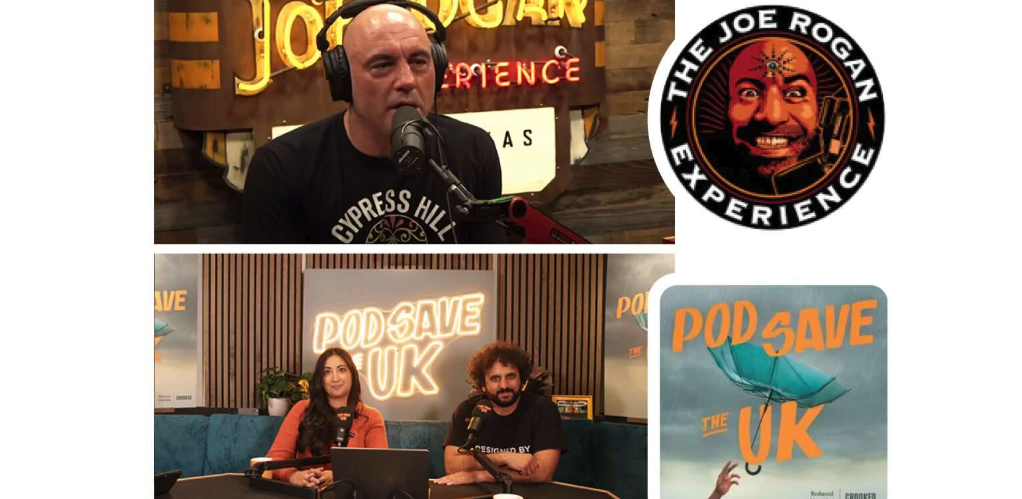
Newsletter
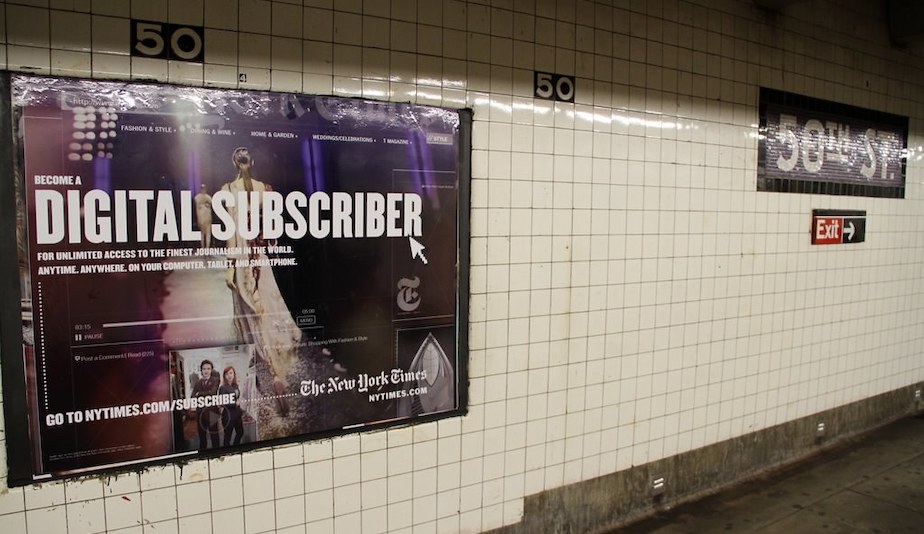
Newsletter
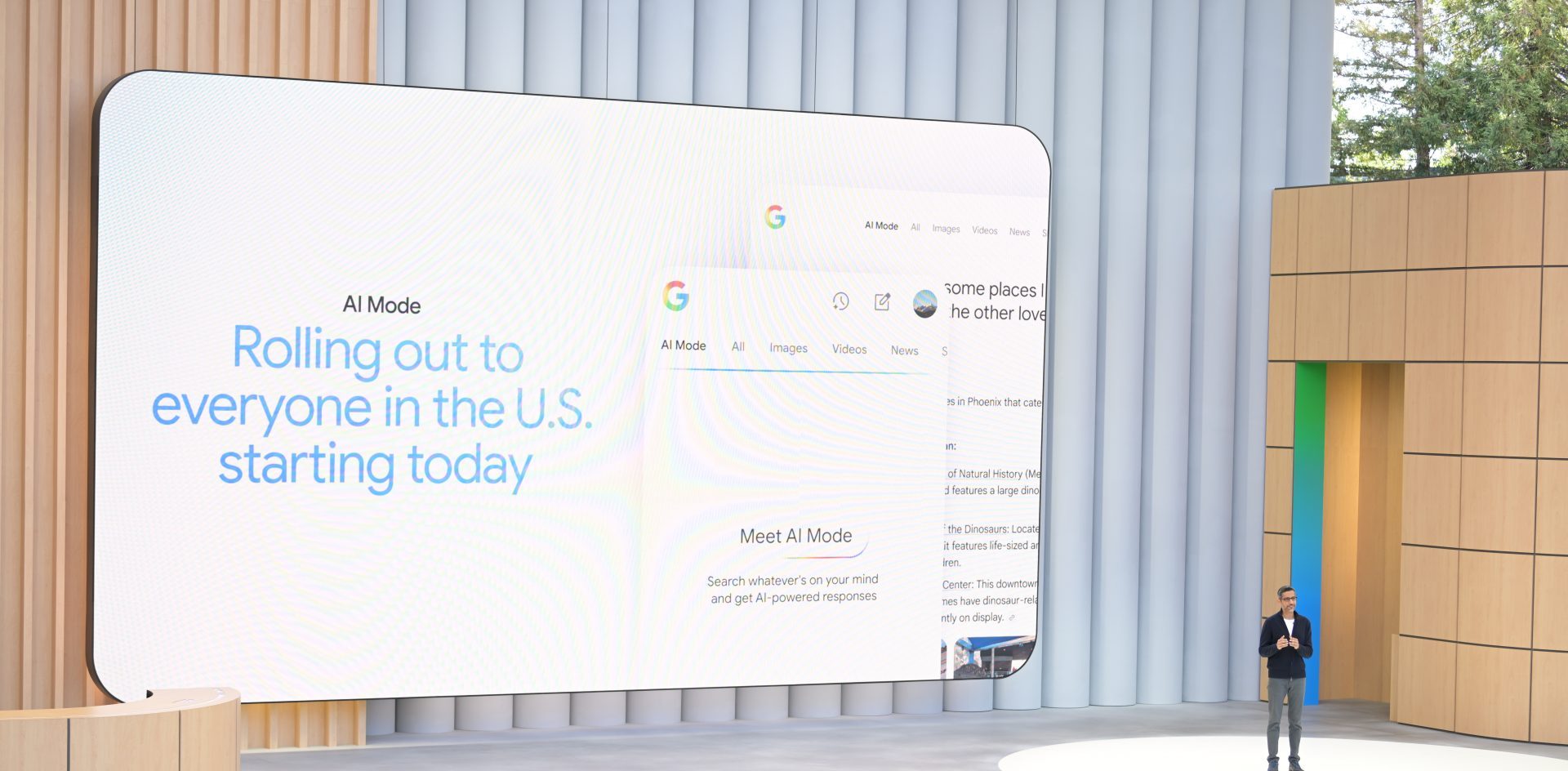
Newsletter
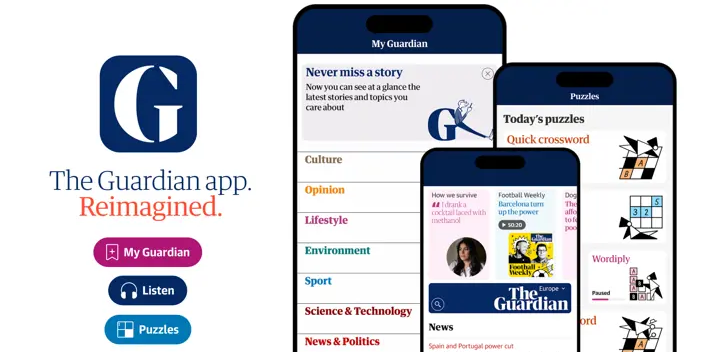
Newsletter